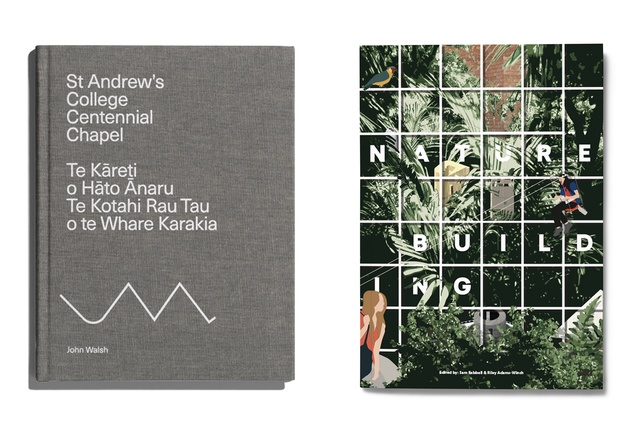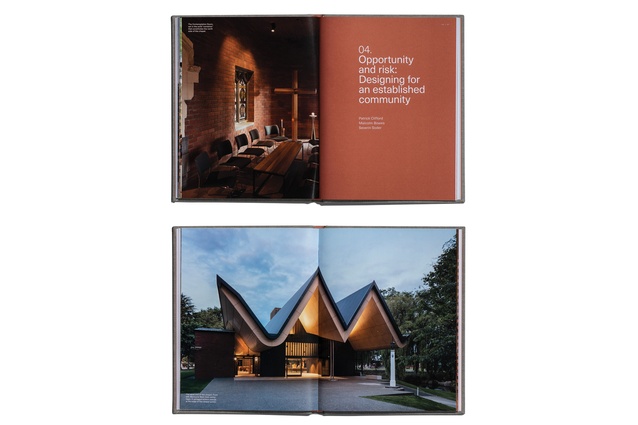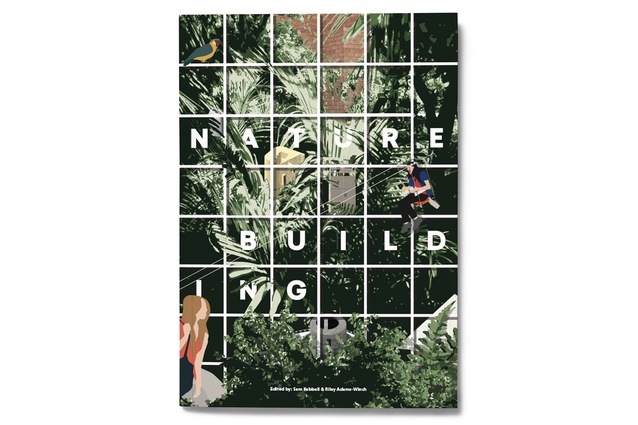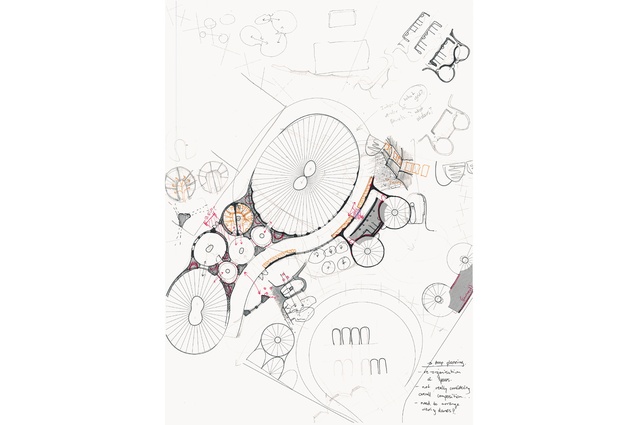Books: November 2019 edition
St Andrew’s College Centennial Chapel Te Kāreti o Hāto Ānaru Te Kotahi Rau Tau o te Whare Karakia
by John Walsh, published by Architectus Bowes Clifford Thomson
Here in New Zealand, how are we to know what our architects think? We don’t often call on them to give lectures and, unlike parts of the world better endowed with journals, we don’t require them to publish an essay alongside each major new project. A book tends to occur, if at all, just once and towards the end of an architect’s career. The stakes are high with this type of book, the sense being that there is one chance to capture a life’s work – usually a photographic survey of projects. The message becomes: “Here’s what we did”. How, then, do we encourage architects to show us not what they did but how and why?
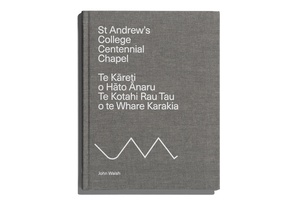
One possibility is the little book. Internationally, these are often produced by young architects looking to establish their reputations or by established architects seeking to stake new positions. My own bookshelf contains plenty of these: the slender volumes, each referring to one building or one idea, slotted in between the fat monographs and occupying the interstices like flammable kindling wedged into the gaps between slow-burning logs in a wood stack.
John Walsh has been an advocate of such pamphlet-style publishing at the NZIA. He’s produced little books on the Gold Medal winners, on award-winning projects, on the student design award programme, for the Venice Biennale exhibitions, and of award-winning essays. Walsh is also behind an intriguing little book published by Architectus to tell the story of its St Andrew’s College Centennial Chapel. This is a fine building that elegantly addressed a complex brief and has justly been showered with awards. It stands as Architectus’ most important building of recent years.
The volume opens with an introduction by Walsh to the project’s background, followed by fascinating interviews with Christine Leighton, rector of St Andrew’s College, and with the Architectus design team; both interviews tell the story of the brief, the design process and the architectural response. Tucked in around lush photographs by Simon Devitt and Sarah Rowlands are a commentary by Ian Lochhead, a collection of drawings and, unusually, a reprint of the project brief.
Three things come across strongly: the emotional significance of both the old, quake-damaged chapel and the new building in the lives of those at the School; the sensitivity and cleverness with which Architectus addressed the tricky brief, particularly by creating continuity with the School’s history by incorporating salvaged elements; and, the pleasure Architectus took in meeting those needs so well.
The new Chapel is a collection of small gestures – repurposed heritage elements, a ‘gathered’ seating arrangement, pod-like plan elements – sheltered under one really big gesture, the huge folded roof. Walsh writes that the roof is “as flamboyant as a Flying Nun wimple”; it is the project’s most distinctive element, its big play. A stylised version of its big wiggle has even been placed on the book’s front and back covers. But there is surprisingly little talk about it in the book.
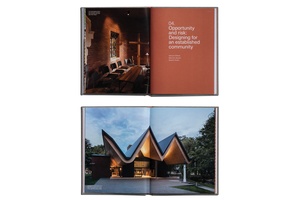
Walsh, in his interviews with both the client and the designers, has to ask, “What do you think of the roof form?” The reticence is particularly striking given that the roof represents an exciting new trajectory in Architectus’ work. The Chapel’s parti is very similar to that of the firm’s recent bus interchange across town: a folded roof hovering over an open space serviced by closed pods. Both buildings even feature zigzagging glass walls, if for completely different reasons.
Is Architectus just showing Kiwi reticence? Do we prefer to talk about the small stuff – the thoughtful responses, rational decisions and contextual references – and leave the big issues unspoken? Perhaps the restraint has to do with the book’s intended audience. It was developed not for sale to architects but as a gift for collaborators, friends of the practice and, perhaps most importantly, as a record for members of the School community. It might be natural, then, for the firm to be self-effacing, to downplay the big moves and emphasise attentiveness to client requirements. On projects less charged with emotion, could architects be more assertive about their own positions? Until we have more little books by other local architects, it is hard to know.
This is a lovely book about a lovely building – do what you can to finagle a copy – but it will be even better when it has little books to sit alongside it by Monk Mackenzie, Edwards White, PAC Studio and others. These books will help us compare and critique the range of positions and ideas that are determining new directions in our architecture.
– review by Andrew Barrie
Nature Building: Architectural Perspectives on a Visitor Centre for Kāpiti Island
Edited by Sam Kebbell and Riley Adams-Winch, published by Victoria University of Wellington, 2018
Nature Building considers the relationship between nature and culture, and is centred on a 2018 student project for a ‘Gateway’ for Kāpiti Island. The design project was run by Dr Sam Kebbell at Victoria University and drew from rich contextual sources, locating the student proposals at the centre of a relevant political, social, environmental and historical landscape.
Kebbell’s premise is that “the built environment vividly reflects the culture that made it” (page 13) and the publication supports architecture as being threaded through every aspect of any society. It reaffirms the notion that, in the architectural design process, context is everything.
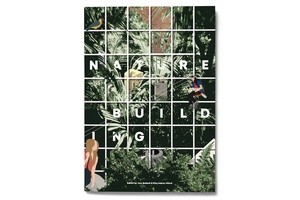
The 200-page publication is edited by Kebbell and Riley Adams-Winch, with design by the latter. The collection of short essays and design projects brings together environmental advocacy, community engagement, and cultural and political leadership, and seems to be both a recording of events and as a provocation for action.
Three essays act as an introduction (by current Mayor of Kāpiti Coast K Gurunathan, Kaitiaki John Barrett and Kebbell) and two essays close it – one by Martin Bryant and Penny Allan (both of University of Technology Sydney) and one by Chris Maclean, of the trust which supported the exhibitions and this publication.
The core of the book focuses on six individual student projects (of Jason Tan, Joe Batchelor, Ryan Esselink, Elise Cautley, William Hope and Callum Leslie), followed by the development of a selected scheme by a team of students and academics (Kebbell, Cam Wilson, Riley Adams-Winch, Callum Leslie, Andrew Charleson and Martin Bryant). The final project won the AAA Visionary Award 2018, Open Work in Progress category.
The assemblage of student architectural responses is generously presented with images and each is accompanied by an analysis from Kebbell – easily locating the work of each student in a broader genre and providing clarity to each design approach. This illustrates the way in which any design process is valid, as long as it allows the deep questions at the core of the project to emerge. We see the students asking questions of architecture, using sources from well beyond the site. Kebbell helps his students understand what a ‘rich built environment’ is, and how it extends beyond the architectural object.
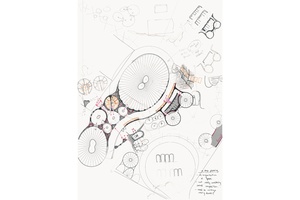
Contributor biographies can be found at the end of the book, providing a snapshot of the range of ideas drawn from politics, history, environmental guardianship, landscape architecture, academia and practice. Public exhibitions of the development and final work continue this awareness of the importance of community engagement, and of embedding the education model in conversations ranging from colonial land confiscation to council funding models.
The final project is described by Bryant and Allan as being important in a global context, arguing that the contribution of New Zealand architecture is no longer the elegant shed but lies in the adaptability to, and measurement of, environmental and cultural forces. “This is a practical proposal but it’s also an important cultural idea that matters far beyond New Zealand shores” (page 196). The collaborative final project is placed firmly in a rich field of complex local and global contexts.
Nature Building seems to fall deliberately into that largely empty gap between academia and architectural practice: one which is so difficult to tread. It communicates to the profession and wider communities the value and processes of architectural education. It also deliberately crosses the usual boundaries between academic, practice and public audiences, illustrating how architecture feeds from and enriches communities.
This refreshing and welcomed publication shows how the deep architectural questions are also everyday ones, and, hopefully, helps to bring rich architectural discussions into the broad experiences of many, as it also draws from them.
– review by Lynda Simmons
This article first appeared in Architecture New Zealand magazine.


